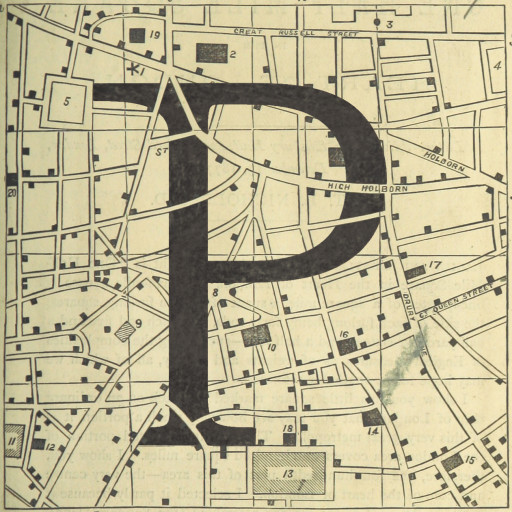I was still exploring platform choices for Poetic Places when my colleague at the British Library, Stella, invited me to a demo of izi.TRAVEL. I wasn’t quite sure what to make of it at first, judging it to be some kind of tourist guide. It is that, in part, but it’s also a good idea.
A Dutch-Swiss collaboration and free app, izi.TRAVEL acts as a central hub that allows users to access tours of all kinds for places across the world, be they tours of streets, botanical gardens or movie locations. Many tours are free, some are paid, and anyone can contribute. A key mechanism is based on triggering content using geofencing—that is, when a user enters an area containing content it pops up onscreen. It was this that made Stella and I consider whether it might be worth utilising for Poetic Places.
The merits were that we’d be operating on a free platform that we know is still being supported and improved upon, izi.TRAVEL already has a substantial userbase, we wouldn’t have to deal with the technical/administrative aspects of publishing our own app, and we wouldn’t have to develop the templates for our pages/app. A tempting prospect.
Unfortunately, this last pro was also a con. Being unable to change the layout of the content meant we wouldn’t have the flexibility to frame the content in the way we want. izi.TRAVEL is primarily geared towards audio materials, while Poetic Places will (at least initially) have a fairly small audio offering; text and images are the staples of Poetic Places.
izi.TRAVEL also requires that the app be open and active—that users be deliberately seeking content—to work; Poetic Places, conversely, should be able to tell users about materials from the background whilst they’re not necessarily expecting anything. Serendipitous discovery, as it were.
Poetic Places likely won’t provide tours (which is the modus operandi for izi.TRAVEL and many others), being an exploration of places and particular interpretations, rather than one artist’s vision or one route through a narrative. These interpretations may form a landscape, but that’s up to the reader—they can stand alone.
![Image taken from page 113 of 'Guide to Cook's Excursions to Paris; and Directory of Excursions and Tours in Switzerland & Italy. Compiled by T. Cook, etc. [With a map.]' Image taken from: Title: "Guide to Cook's Excursions to Paris; and Directory of Excursions and Tours in Switzerland & Italy. Compiled by T. Cook, etc. [With a map.], British Library, 1865](https://i0.wp.com/www.poeticplaces.uk/wp-content/uploads/2016/01/11241362893_11baeaa3d6_o.jpg?resize=720%2C382)

